Lafayette students test the bounds of art on campus
What began as a performance art class project transformed into a cry for creative freedom for two Lafayette students after public safety officers interrupted their performances on Sept. 6.
Lia Embil ‘17 and Mai Ao ‘16 were given an assignment to do a performance using only their bodies in professor Nestor Gil’s Materials and Methods class in the art department, according to Ao. Embil and Ao chose to publicly expose parts of their bodies as part of the project. Both acts were interrupted by public safety.
Ao lay down in front of Skillman Library wearing only a towel over his underwear and a cap over his face, exposing his bare chest with writing on his arm describing the meaning of his project. Embil walked around the quad wearing only a pair of shorts, exposing her breasts. She was accompanied by a male student, also shirtless.
Embil interviewed students about how comfortable they felt seeing her topless, compared to the male student.
“I wanted to highlight the sexualization of the female body, and show the contrast between men and women when we are sexualized,” Embil said.
According to Embil, three public safety cars pulled up onto the quad less than 10 minutes after she began the performance art piece. Embil, after clothing herself in a bra, explained to the officers that her actions were for a class project. They allegedly reprimanded Embil for violating an Easton city ordinance that states that a woman cannot publically expose her breasts.
The officers told Embil she would have to go to court, according to her, but Director of Public Safety Robert Sabattis said that Embil will not be facing charges from the city of Easton. He declined comment on whether Embil was being investigated by the college.
While Ao was allegedly forced to get dressed, there is no known investigation into his case. Both Embil and Ao said they felt shaken by their encounters with public safety.
“I feel disrespected, because when the officers came, they did not care what I was doing, they did not care about my intentions or the art,” Ao said.
“I felt like they were treating me like some kind of terrorist,” Embil said. “I [didn’t] think this was harmful to society in any way.”
Both Ao and Embil also felt that public safety’s reaction was a strain on their creativity. “We are at a liberal arts college and [Lafayette] can’t call [itself] a liberal arts college if this is [its] reaction to things like this.” Embil said.
Sabattis plans on looking into the way the officers handled Embil’s and Ao’s situations.
“I think it’s normal for people to feel uncomfortable when they are subject to scrutiny by any sort of enforcement authority,” Sabattis said. “Having said that, that is not the image that the Department of Public Safety wants to portray, so we are aware of the concerns of how the officers approached this was perceived, and we are going to be examining that and interviewing all relevant parties.”
According to Vice President of Campus Life Annette Diorio, academic freedom does not provide protection from the law.
“There is no question that a faculty member is free to assign whatever they want and a student is certainly free to answer it however they want, but if there are instances where there is a violation of the law or college policy, there could be consequences for that student,” Diorio said.
Professor Gil, who assigned the project to his students Embil and Ao, did not respond to requests for comment.
According to Ao, the project was not intended to incite shock.
“It was not for attention,” Ao said. “We were not there intentionally to make people feel uncomfortable.”
Embil said that while the performance began as an assignment, it may become something larger.
“This was never a protest in any form. It was just an art piece,” Embil said. “But since the incident, it has become a form of protest.”





















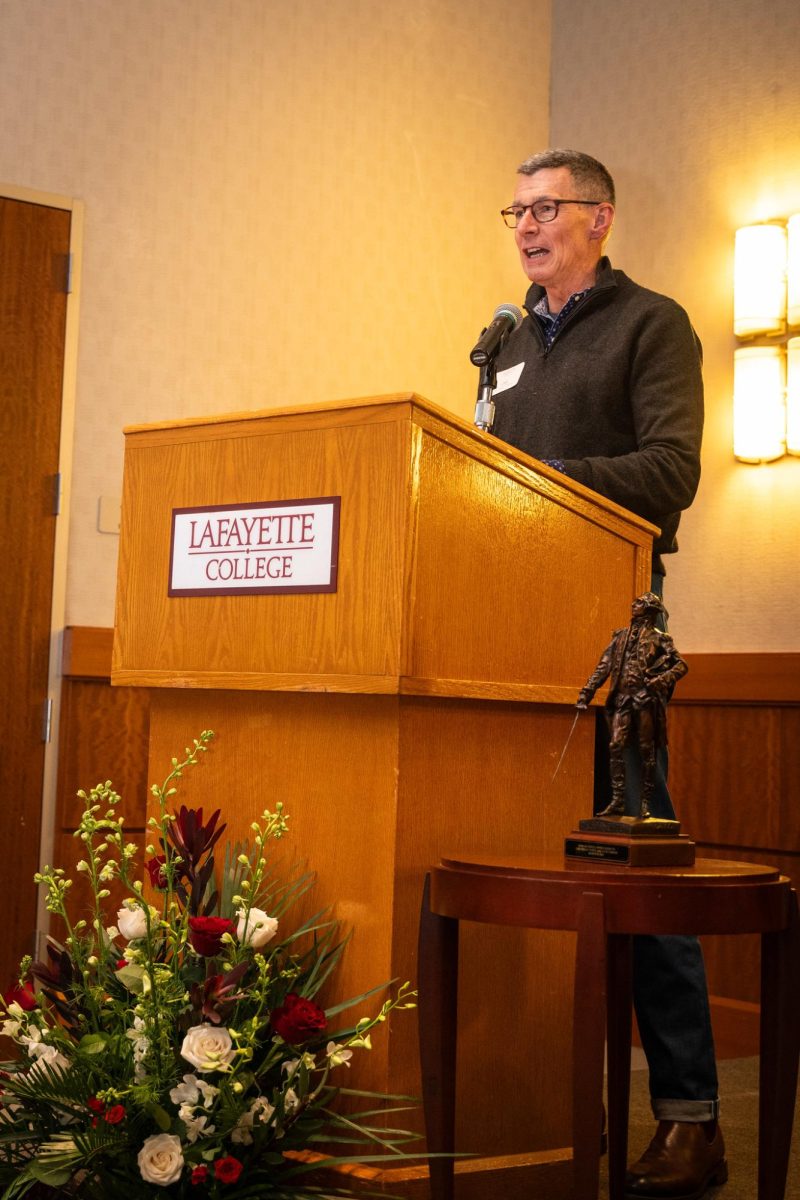
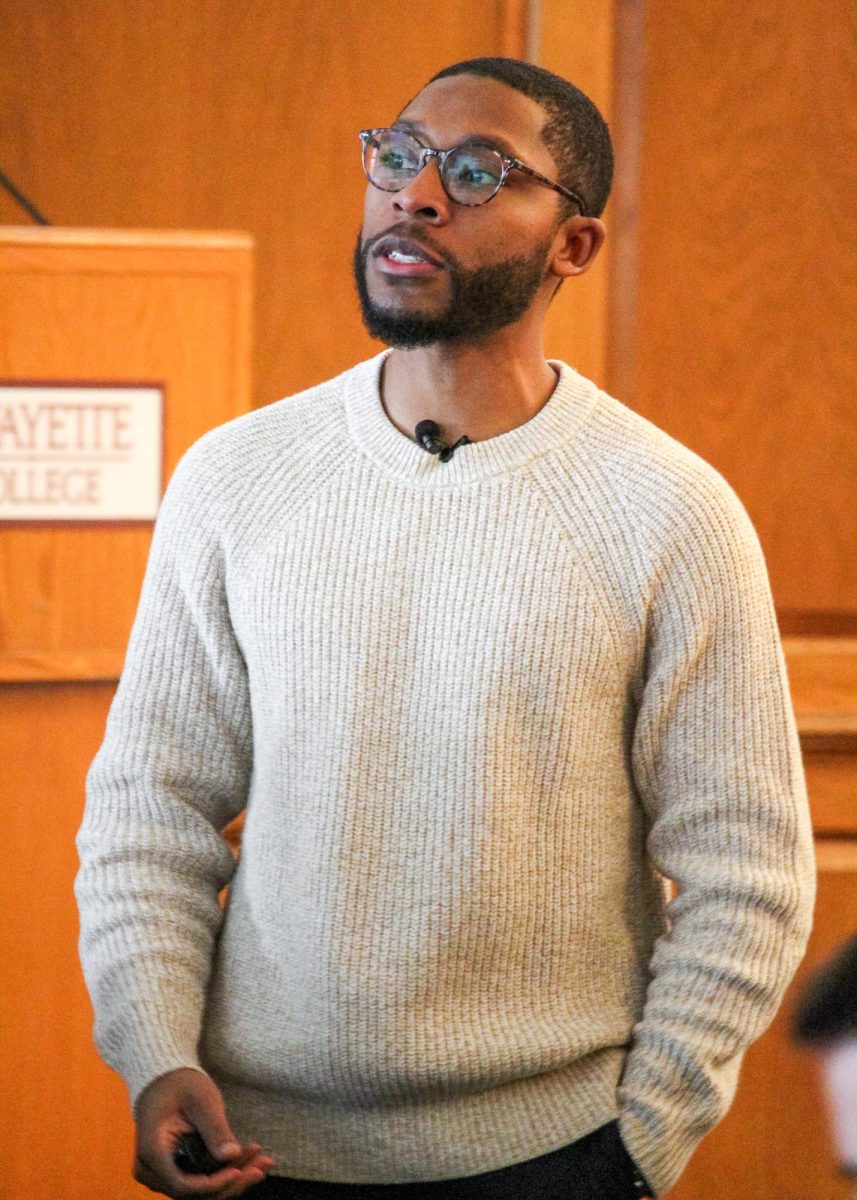


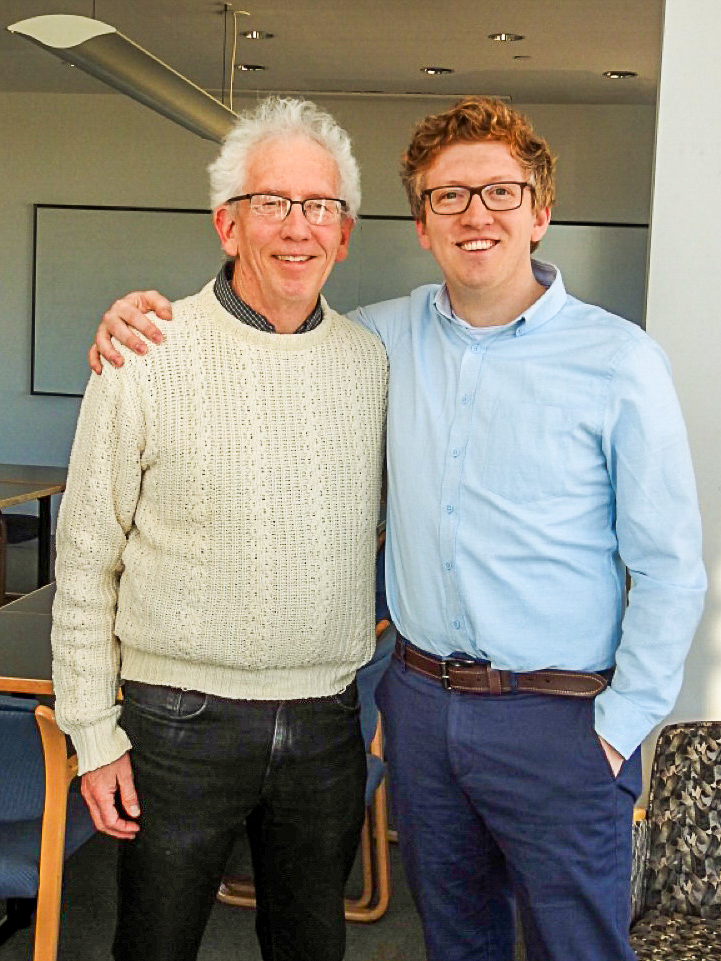

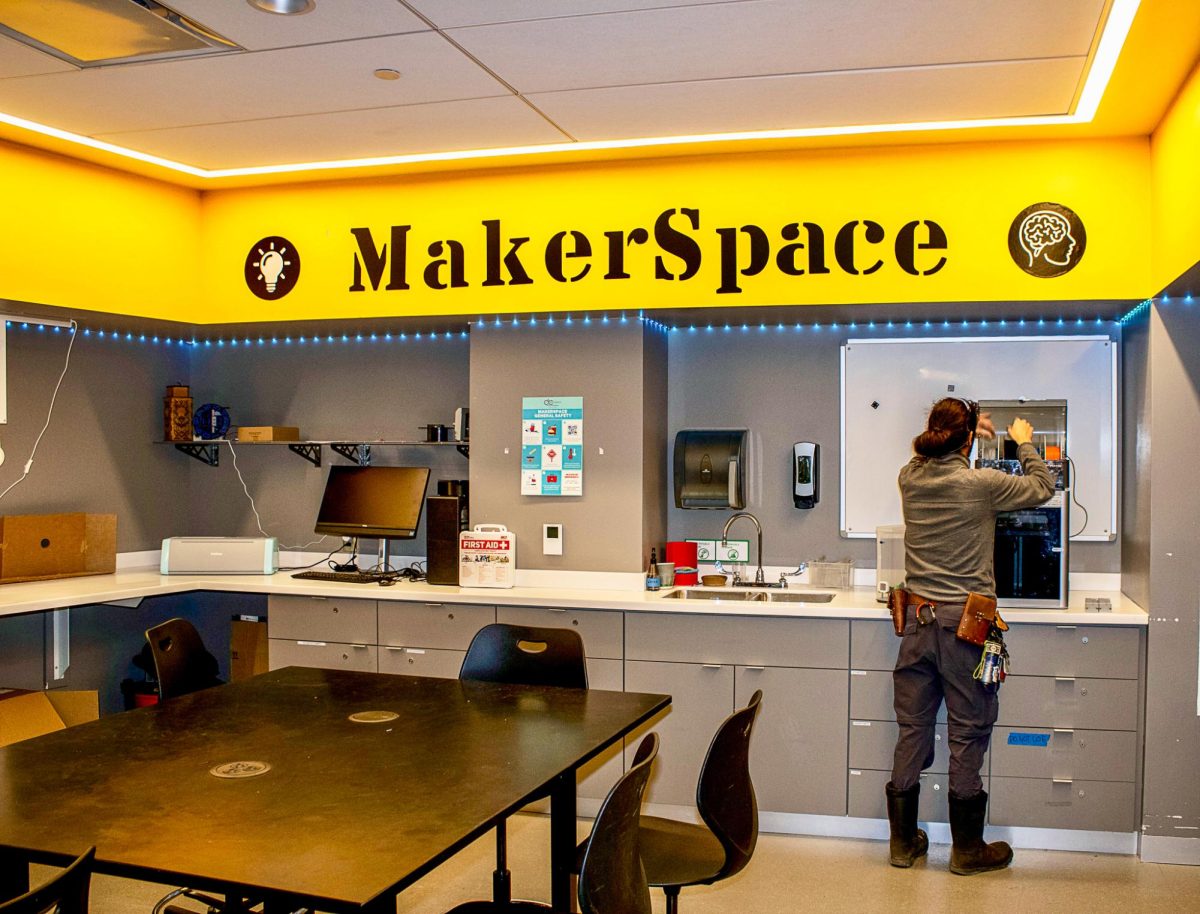









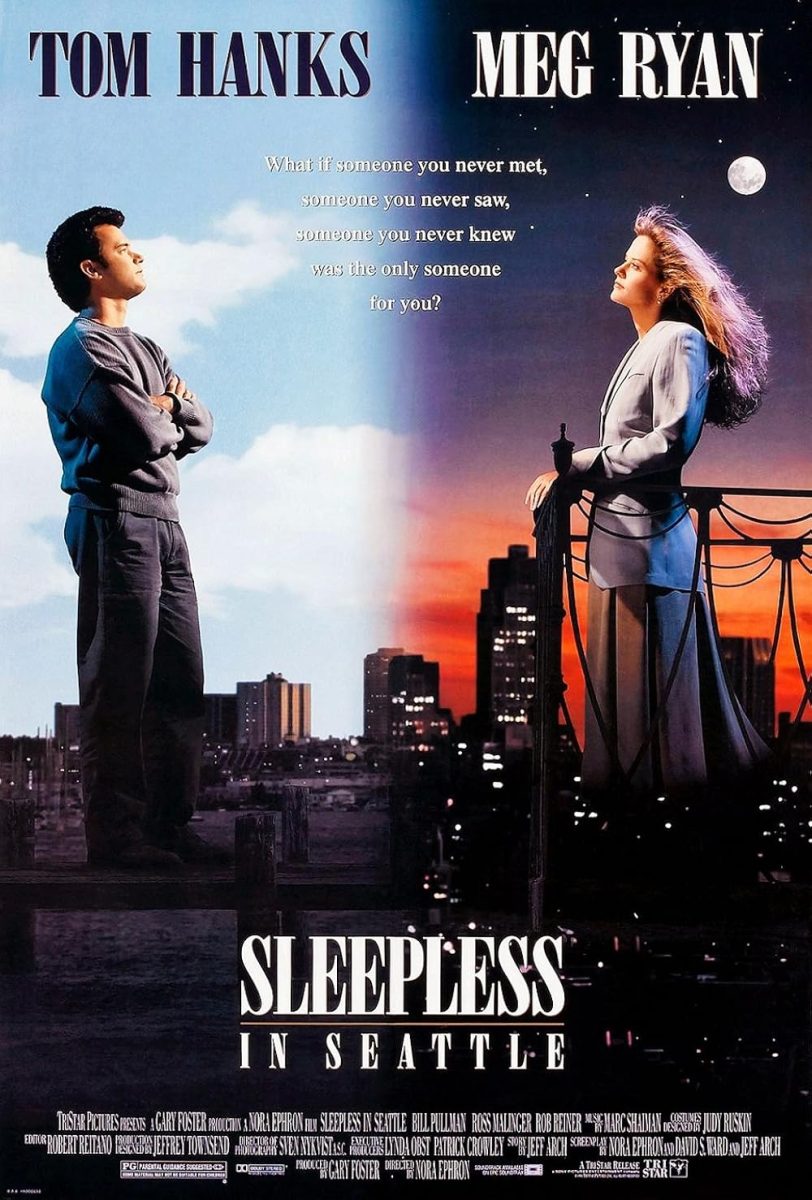



































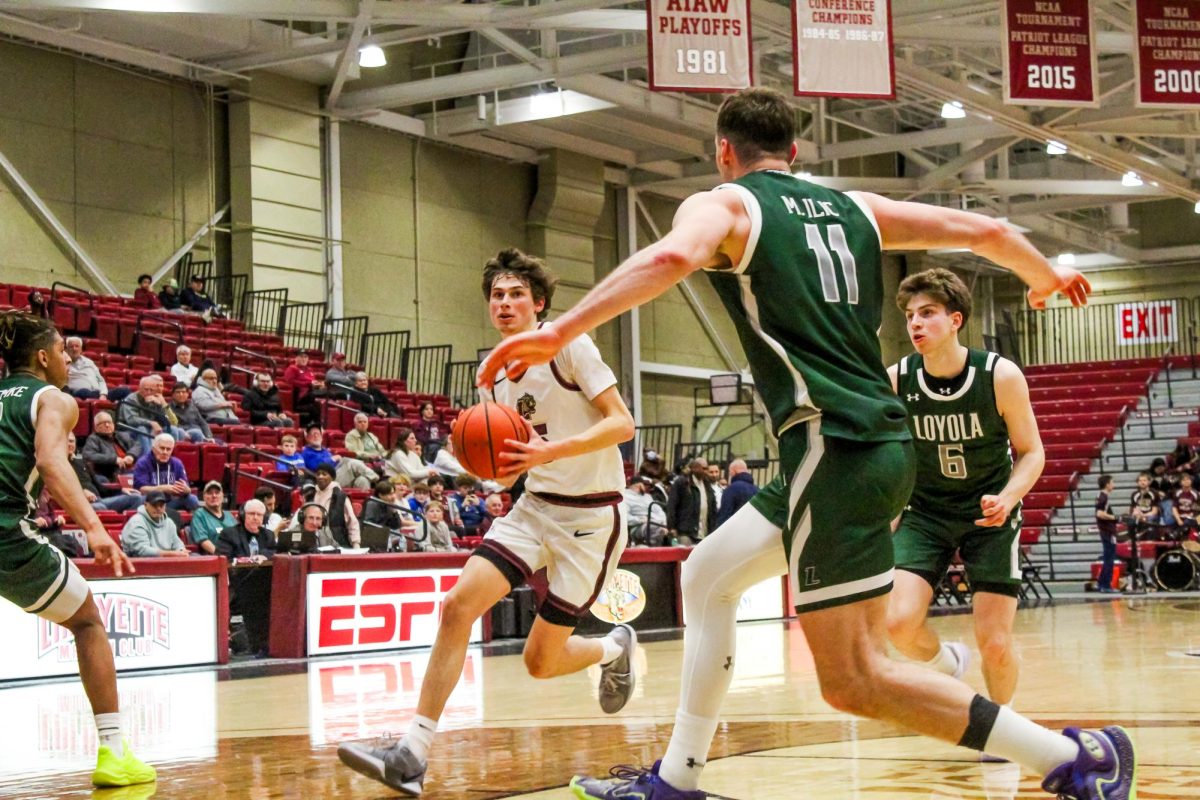







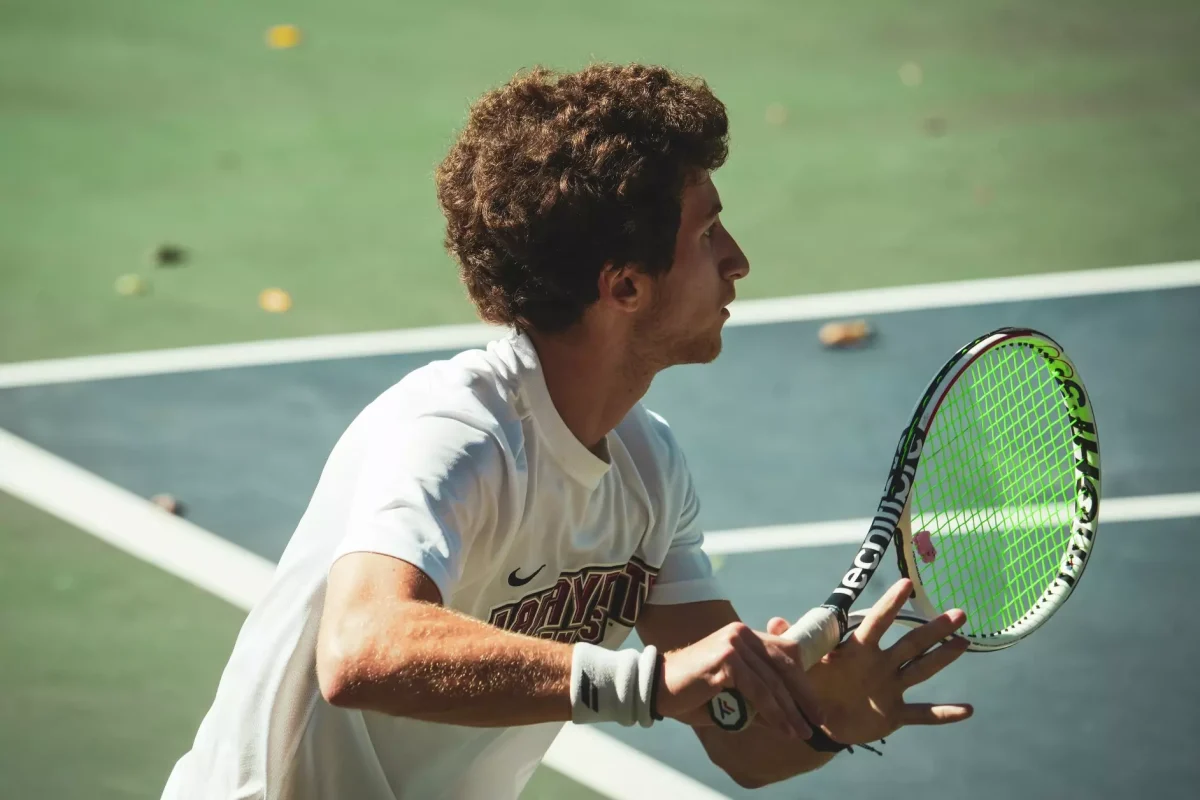























![Lia Embil ‘17 and a fellow male student walk around the Quad shirtless as part of her art project. [Photo courtesy of Lia Embil ‘17]](https://lafayettestudentnews.com/wp-content/uploads/2015/09/image1-copy.jpg)